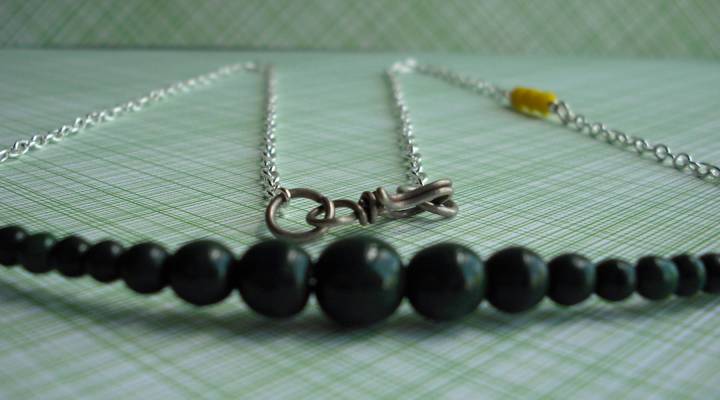
Etsy got famous with macramé and Mason jar chic — then it got more like the rest of them
Etsy got famous with macramé and Mason jar chic — then it got more like the rest of them

Ask a stranger what comes to mind when they hear the name Etsy, and you might get an answer like Peter Cohan’s.
“I think it’s an artsy place where artsy people exchange things?” said Cohan, who teaches strategy and entrepreneurship at Babson College. “It’s my sort of cliche of what Brooklyn’s all about. Kind of twee, long beards and stuff like that.”
That’s certainly how Etsy started. The company launched with four employees in 2005 and has since grown into a $1.6 billion publicly-traded company. But now Etsy is laying off 15 percent of its staff — the second round of cuts this year. Its problems seem to stem back to when the company let the mass-produced sell alongside the homespun.
“Ten years ago, Etsy was a marketplace where craftspeople and artisans sold their wares,” said Gil Luria, director of research at the investment firm D.A. Davidson. “But before they went public a few years ago they changed direction, and tried to be everything to everybody in e-commerce.”
Luria says the biggest change in the run up to Etsy’s 2015 IPO — the company removed its requirement that all goods sold on the platform had to be handmade. This gave big manufacturers access to Etsy’s loyal customer base.
| If I say it’s artisanal… maybe it is |
| Etsy goes public, hoping to remain ‘authentic’ |
| People are already selling ‘bad hombre’ and ‘nasty woman’ merch? Yup. |
“Removing that limitation allowed to accelerate growth in the short-term, but that’s when Etsy lost its way,” Luria said. “Allowing manufactured goods onto Etsy ruined it for the craftspeople that built Etsy with their own hands.”
When Etsy started listing $10 bracelets from Chinese factories right next to $100 bracelets handmade by homemakers in Wisconsin, the homemakers could no longer compete.
And this fundamentally changed Etsy, Luria said. It became a different company, one in the same business as companies like Ebay, Amazon, and Alibaba. Much like Etsy’s artisan craftspeople couldn’t compete with cheap factory products, Etsy itself couldn’t compete with the giants of online retail.
The current layoffs are an effort to turn things around and appease new, activist shareholders. Venture capitalist Charlie O’Donnell was one of Etsy’s first investors, 12 years ago. He said that public financing changed the company.
“You’re kind of dealing with a different set of owners now. You’re dealing with public owners that are watching their bottom line,” O’Donnell said.
Watching that bottom line got the former CEO Chad Dickerson ousted in May. Now investors want the new leader to bring the company back to its DIY, artisanal, profitable roots.
There’s a lot happening in the world. Through it all, Marketplace is here for you.
You rely on Marketplace to break down the world’s events and tell you how it affects you in a fact-based, approachable way. We rely on your financial support to keep making that possible.
Your donation today powers the independent journalism that you rely on. For just $5/month, you can help sustain Marketplace so we can keep reporting on the things that matter to you.


















